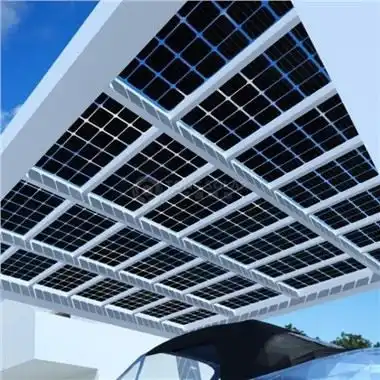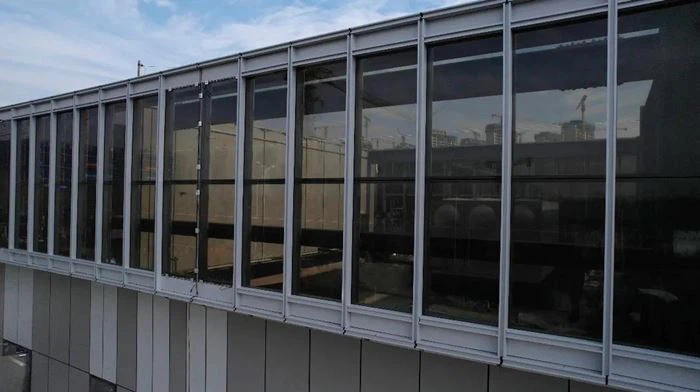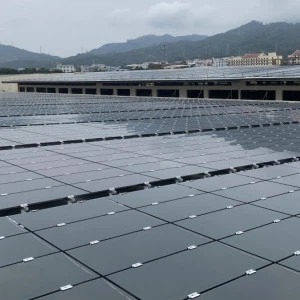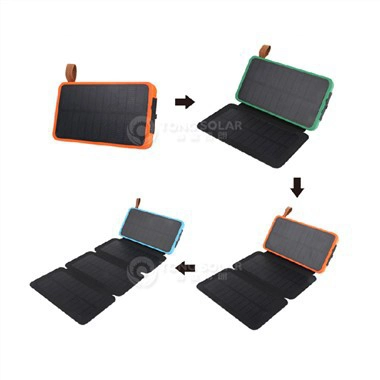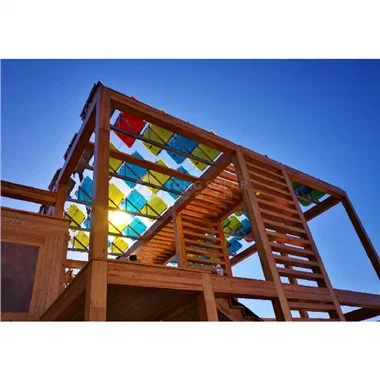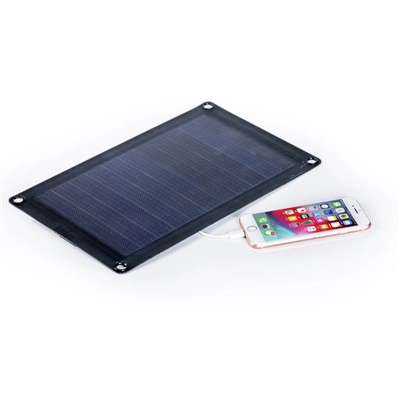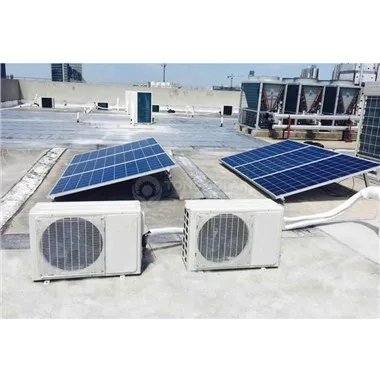Description
A Solar Powered Window is a special glass that has photovoltaic cells integrated into its structure, allowing it to generate electricity while also serving as a traditional window. It is composed of low-iron glass, solar cell sheet, film, back glass and special metal wire. The solar cell sheet is sealed in the middle of a piece of low-iron glass and a piece of back glass through the film, which is a novel high-tech glass product for construction. The low iron glass covered in solar cells can ensure high sunlight transmittance. The tempered low iron glass also has stronger wind pressure resistance and the ability to withstand the large temperature difference between day and night.
This technology combines the benefits of traditional windows, such as natural light and insulation, with the added benefit of generating clean, renewable energy. Solar-powered windows can be used in a variety of applications, including residential, commercial, and industrial buildings, and can help to reduce dependence on conventional energy sources, reduce carbon emissions, and provide cost savings in the long term.
The application forms include PV curtain wall, PV roof, PV sunshade, Solar power generation system, etc.


Advantages of Solar Powered Window
1. Save energy - Because the photovoltaic curtain wall as a building envelope system, and directly absorb solar energy, to avoid the wall temperature and roof temperature is too high, can effectively reduce the wall and roof temperature rise, reduce the air conditioning load, reduce air conditioning energy consumption.
Protect the environment - PV curtain wall generates electricity through solar energy, it does not need fuel, does not produce waste gas, no waste heat, no waste residue, no noise pollution.
2. New and practical - soothe the peak electricity demand during the daytime, solve the power supply situation in areas with tight electricity and areas without electricity and less electricity. It can generate electricity in situ and be used in situ, reducing the cost and energy consumption of the current transportation process; at the same time, it avoids the extra occupation of valuable building space for placing photoelectric building materials, and the building structure is united to save the support structure provided for photoelectric equipment alone, also in between the expensive exterior decorative materials, reducing the overall cost of the building.
Special effects - photovoltaic curtain wall itself has a strong decorative effect. The middle of the glass with a variety of photovoltaic components, a variety of colors, so that the building has a rich artistic expression. At the same time the back of the photovoltaic template can also be lined with the designer's favorite color to adapt to different architectural styles.
Why Do We Prefer BIPV than Traditional Solar Panels?
Aesthetic Limitations: Traditional solar panels are often not visually appealing and are often seen as an eyesore. BIPV panels, on the other hand, are designed to blend seamlessly with the building's architecture, making them a more aesthetically appealing option.
Durability Limitations: Traditional solar panels are typically not designed to be integrated into the building's structure and are more susceptible to damage from the elements. BIPV panels, on the other hand, are designed to withstand the elements and are made from high-quality materials, making them more durable and long-lasting.
Performance Limitations: Traditional solar panels are often less efficient than BIPV panels and may not provide the same level of energy generation. BIPV panels are designed specifically for building integration and are becoming increasingly advanced and efficient.
Installations Limitations: Installing traditional solar panels can often be complex and time-consuming, requiring specialized equipment and labor. BIPV panels, on the other hand, can be integrated into the building's structure during construction, making installation much simpler and faster.
Traditional solar panels are not suitable for use as BIPV and it is recommended to use specialized BIPV panels for building integration. Traditional solar panels has high fire risk (High voltage DC arc, Hot spots caused by shading, PID effect potentially-induced attenuation)
What is the difference between BIPV and BAPV?
Here are 2 channels for building solar panels that is Building Integrated Photovoltaic (BIPV) and Building Integrated Photovoltaic (BAPV) refers to a solar power system attached to a building, also known as a "post-installation" building solar power system. Bapvs mainly function as solar power generation, but do not take on the functions of waterproof, wind shielding, fire prevention, heat insulation and other functions of the building. Bapvs, on the other hand, are more likely to be built after the addition of solar equipment, which requires careful consideration of installation, safety and support systems. They also increase the load on the building and affect the overall effect of the building. Most BAPVs are not designed for construction, so there is a problem of duplication of construction and do not save building materials.
Conventional BAPV has PID effect, and hot spots are easily caused by sand and mud accumulation in the frame, resulting in battery deterioration, power generation efficiency reduction in mild cases, and fire risk in severe cases.
Building Integrated Photovoltaics (BIPV) refers to the integration of solar buildings, which is a solar power generation system that perfectly integrates with buildings, also known as "construction-type" and "construction-type" building solar energy. It is a part of the external structure of the building and can be used as an alternative to the roof, skylights, building facades, etc. It not only has the function of solar power generation, but also can undertake the role of building components and building materials, forming a perfect unity with the building. Its biggest feature is integrated with the building, which can reduce the construction cost. Science and Technology BIPV solar smart photoelectric building materials, as part of the building, plays the role of building materials, while BAPV is just attached to the building through simple support structure, more of a solar transformation of the building. BIPV itself can play waterproof, fire prevention, heat insulation, wind and rain protection and other functions, is the real building solar "integration", after the removal of BIPV, the building will lose these functions.
BAPV: Install solar panels on the old buildings, and then connect storage batteries and inverters and other equipment
BIPV: PV module installation is reserved while the architectural designing, such as adding PV roof or photovoltaic curtain wall, etc., to integrate photovoltaic and architectures.
Case Presentation of BIPV Solar Powered Window
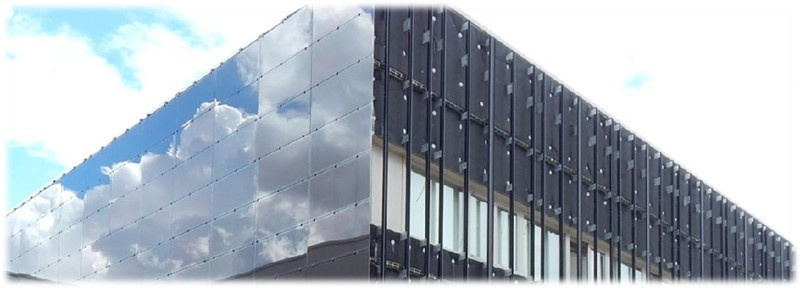
Photovoltaic Façade Of Commercial Building

Life Science Building

Heineken Mexico

Henan
.jpg)
Jiangsu (PV Roof + Solar Powered Window)
Hot Tags: Solar Powered Window, China, suppliers, wholesale, Customized, in stock, price, quotation, for sale, best
